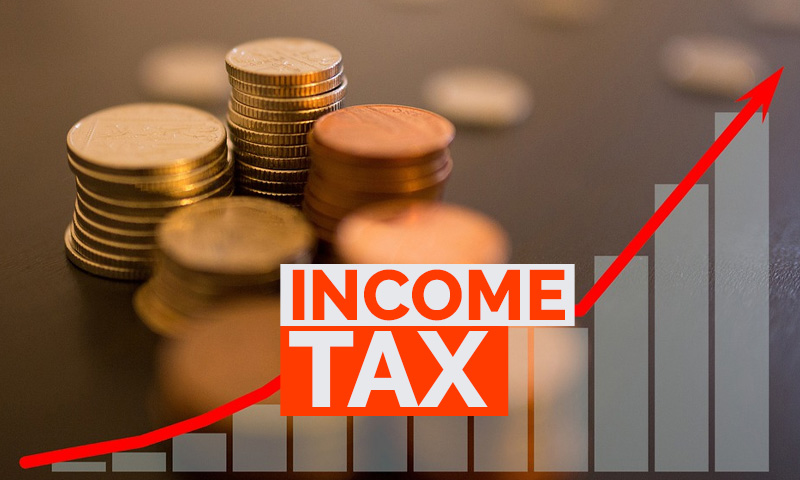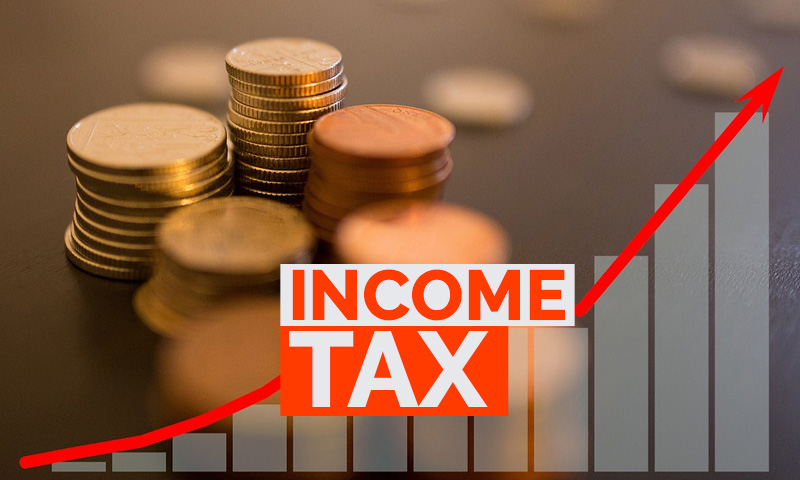Introduction
Tax Deducted at Source (TDS) is a crucial component of the Indian taxation system. It is a mechanism through which the government collects tax at the source of income generation. TDS services play a pivotal role in ensuring tax compliance and preventing tax evasion. In this guide, we will delve into the various aspects of TDS services in India, including what TDS is, its importance, how it works, and the responsibilities of deductors and deductees.
What is TDS?
TDS, or Tax Deducted at Source, is a system introduced by the Indian government to collect tax at the very source of income. Under this system, a person or entity (referred to as the deductor) is required to deduct a certain percentage of tax before making payments to another person or entity (referred to as the deductee). The deducted tax is then deposited with the government on behalf of the deductee.
Importance of TDS
TDS serves several crucial purposes in the Indian tax framework:
Ensures Tax Collection: TDS ensures that tax is collected throughout the year, rather than in a lump sum at the end of the financial year. This aids the government in maintaining a steady revenue stream.
Reduces Tax Evasion: TDS acts as a preventive measure against tax evasion. By deducting tax at the source, the government can keep a check on individuals and entities attempting to underreport their income.
Promotes Tax Compliance: It encourages individuals and entities to comply with tax regulations and report their income accurately.
Eases the Tax Burden: For taxpayers, TDS can be beneficial as it distributes the tax liability over time, making it more manageable.
How TDS Works
TDS is applicable to various types of payments, including salaries, interest, rent, professional fees, and more. Here's how the TDS process typically works:
Deduction: The deductor deducts a specified percentage of tax from the payment to the deductee as per the prevailing TDS rates. This deduction is based on the nature of the payment and the deductee's PAN (Permanent Account Number).
Deposit: The deducted TDS amount is then deposited with the government within the prescribed due dates.
TDS Return Filing: The deductor must file TDS returns, which contain details of TDS deducted and deposited. These returns are filed periodically, usually on a quarterly basis.
TDS Certificate: The deductor provides a TDS certificate to the deductee as proof of the tax deduction. This certificate helps the deductee claim credit for the TDS amount while filing their income tax return.
Responsibilities of Deductors and Deductees
Both deductors and deductees have specific responsibilities under the TDS system:
Deductor's Responsibilities:
Properly deduct TDS as per the rates and rules.
Deposit the deducted TDS amount to the government within the stipulated time.
File TDS returns accurately and within the prescribed due dates.
Issue TDS certificates to the deductees.
Deductee's Responsibilities:
Provide accurate PAN details to the deductor.
Ensure that TDS has been correctly deducted and deposited by the deductor.
Use the TDS certificate to claim TDS credit while filing income tax returns.
Conclusion
TDS services are a fundamental component of the Indian tax system, serving to collect taxes efficiently and promote tax compliance. Understanding how TDS works and the responsibilities of both deductors and deductees is crucial for individuals and entities involved in financial transactions subject to TDS. By adhering to TDS regulations, taxpayers can contribute to a transparent and fair taxation system in India.


 Proprietorship Registration
Proprietorship Registration


